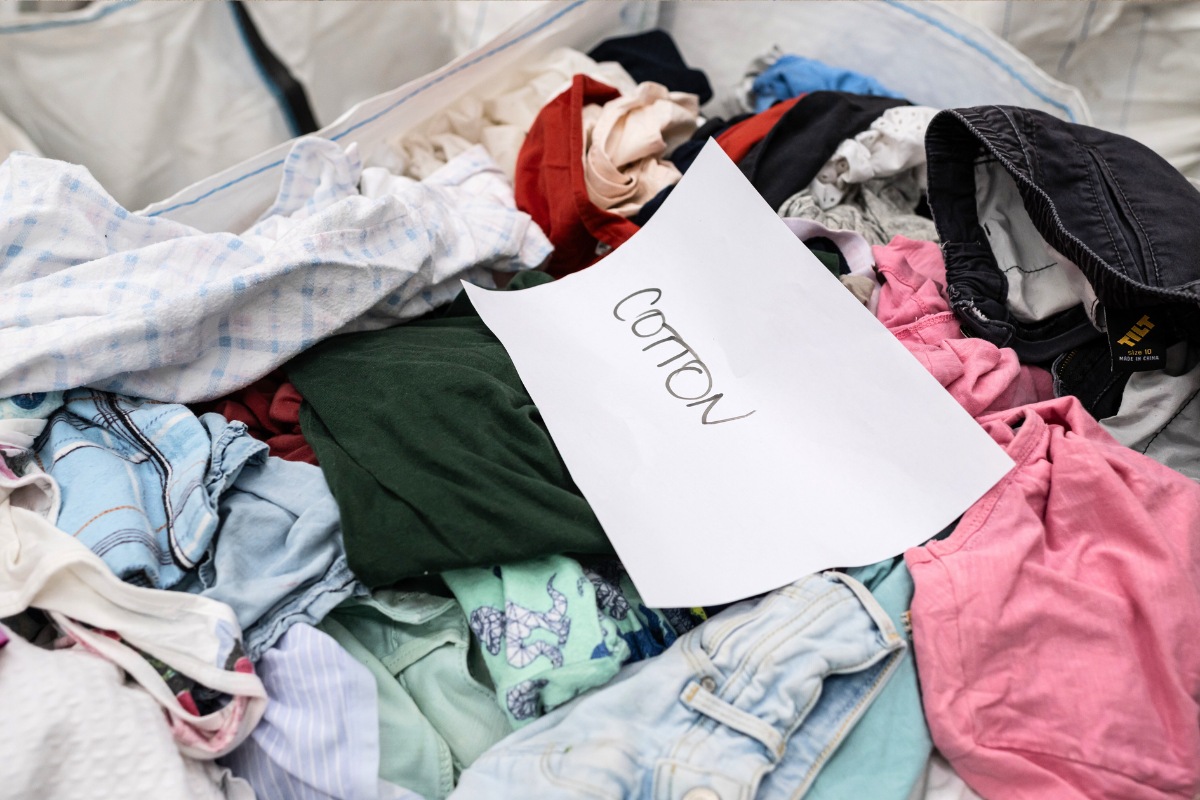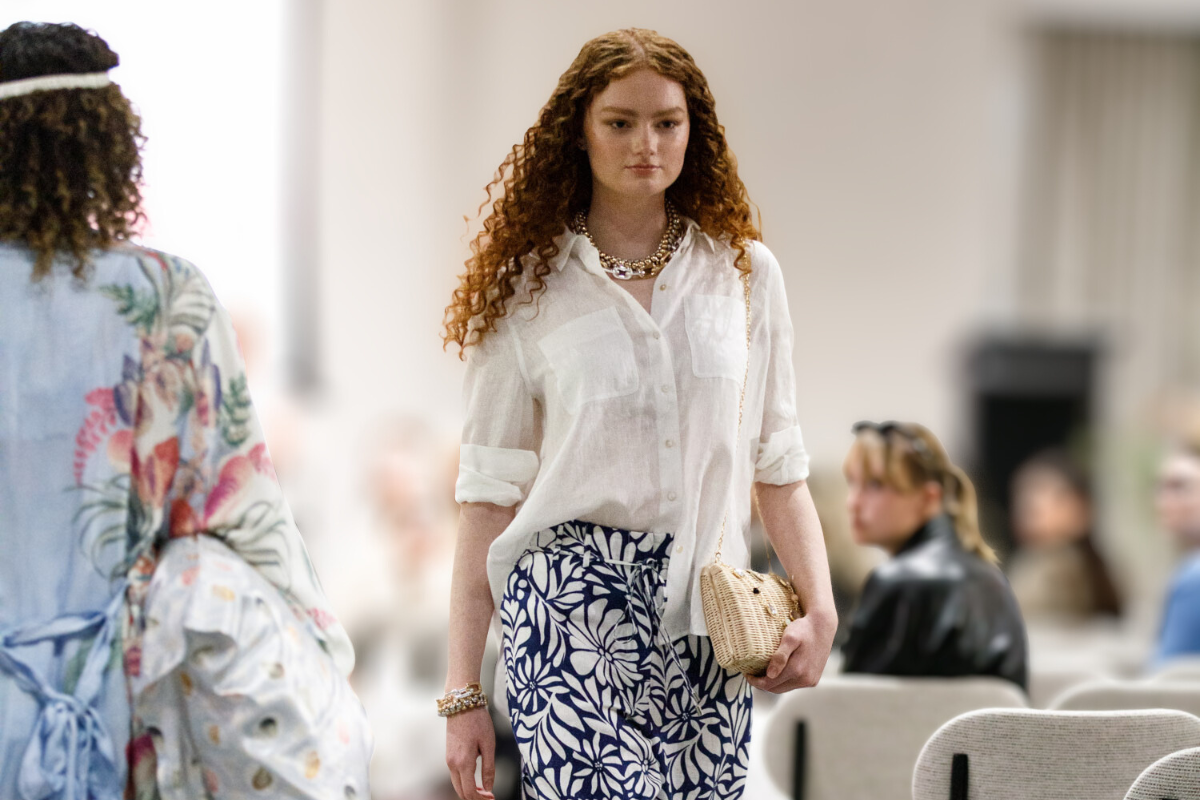Circular clothing is capital. Every piece of clothing, from the fabric to the trims, has inherent value that is financial, emotional and social. Our 2024 national clothing benchmark for Australia is a timely reminder that how we design, enjoy, and recirculate these assets will shape Australia’s transition to a vibrant, productive circular economy, with clothing valued as an asset.
Wardrobes are filling, second-hand is surging, diversion from landfill lags
The data highlights that in 2024, Australians added more clothing to their wardrobes with a 6% rise in new clothing items annually, with clothing brands accumulating 17% more aged inventory. As our wardrobes and warehouses are filling fast, so is Australian landfill. In 2024, we sent 220,000 tonnes of clothing to Australian landfill, an amount which has barely changed in the last year. There are also points of progress when it comes to recirculation, with a 10% increase in the reuse of preloved items compared to 2023, and an estimated increase of 10% in total annual recycling volumes.
While responsible organisations across the value chain are making progress, and Australians are increasingly buying clothing in secondary markets, only a fraction of garments currently achieve a second life.
Reinforcing Seamless strategic priorities
The report reinforces the Seamless strategic priorities for transforming our sector:
Circular design: Prioritising durability, recyclability and renewable and recycled content is essential for efficiency gains and increasing the life of clothing in circulation. The vast stock of clothing in use, in warehouses; coupled with the premature flow of clothing to landfill, demands we build the capability that empowers planning and design teams to embed circularity from the start.
Circular business models: With a growing appetite for pre-loved and clothing rental, organisations need to accelerate the evaluation of the interventions which are right for their product portfolios, their customers; and at a business level, those which help drive new whole-of-life economic value. Assessing readiness for the cultural shift will help progress pilots into mainstream operating models, lifting national clothing utilisation rates.
Closing the loop: Confirming our domestic recycling capabilities is key to improving how we process wearable and unwearable clothing textiles, including uniforms. By testing and validating collection, sorting, reuse, and recycling pathways, we can identify the settings which will drive measurable gains in reuse rates, textile recovery, and resource efficiency. These improvements will also create new workforce opportunities and support the development of economically viable markets for recovered textile materials.
Citizen behaviour change: Global shifts in purchasing, caring, and responsible disposal of clothing are underway. Our data show enormous potential if each Australian is enabled and encouraged to make incremental shifts in how they choose, enjoy and recirculate their clothing more responsibly; through the national circular stewardship model for clothing.
It’s time to prioritise pace and purpose and shift from overproduction and under utilisation of our clothing assets. This systemic change to a circular clothing economy will significantly reduce the amount of clothing in landfill, and is only possible when government, clothing brands, retailers and the industry join forces.
Data drives our strategic focus
What’s also clear from this benchmarking report is that the knowledge base is still incomplete and requires more rigour. Key data gaps include unsold stock, fibre content, recommerce and the flow and fate of unwearable garments; along with the overarching lifecycle impact of clothing moving through our economy. Closing these data gaps is foundational for evidence-based investment, credible goal-setting, and shared accountable action across the sector.
Prioritising practical action
In the year ahead, Seamless is prioritising partnerships to ensure no part of the system remains a void. We are calling on all stakeholders to work with us to fill the remaining data gaps, support alignment with globally recognised reporting, and advocate to unlock regulatory and policy settings which will drive stewardship participation and the necessary infrastructure investment to support an integrated circular system.
Our primary focus will be on investing in practical projects that maximise clothing reuse and optimise recycling outcomes with audited data and national metrics and standards.
Your leadership, data, and determination will drive momentum, industry-wide progress and productivity. By targeting the areas of greatest opportunity, our industry can embrace a future that designs for circularity from the outset, rewards sustainable business models, and supports the national recirculation of valuable clothing textiles through responsible citizenship.
Here’s to our future beyond the baseline, and a system underpinned by fair market conditions, increased innovation for resource efficiency, and long-term investment in solutions that deliver measurable impact we can all be proud of.
Download the Seamless national clothing benchmark for Australia

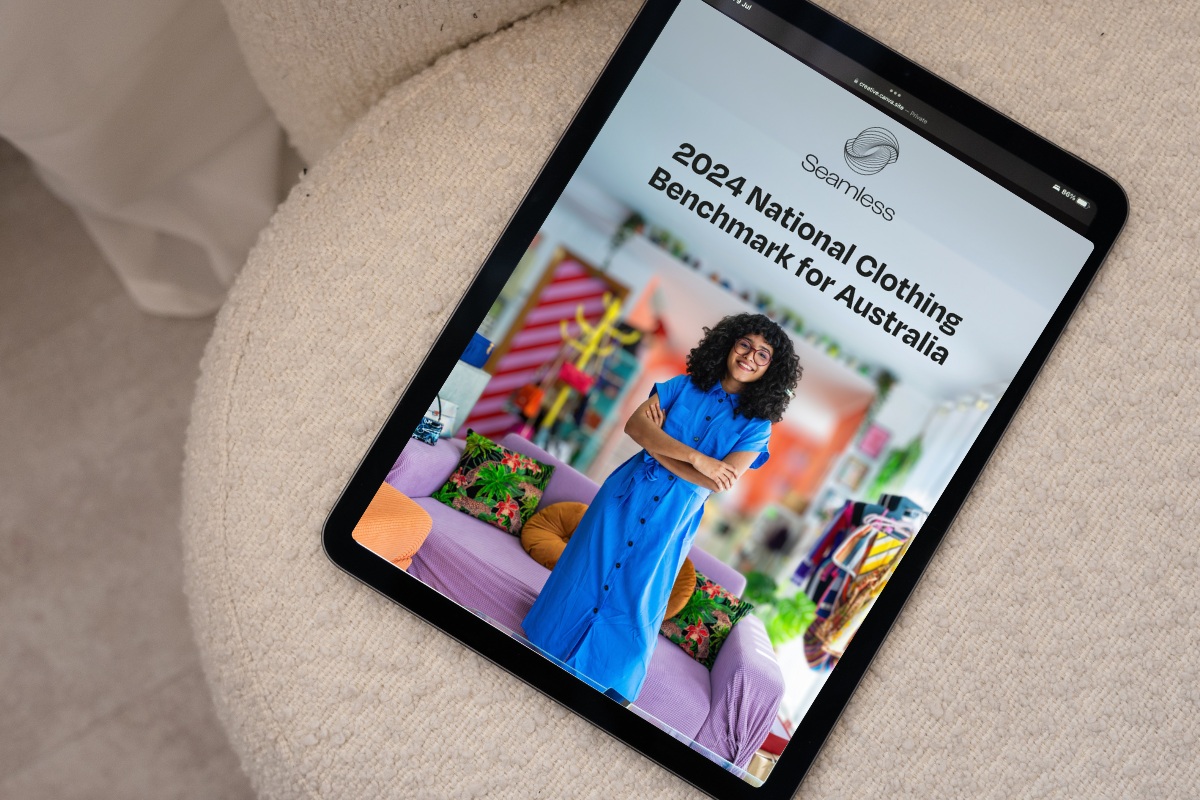
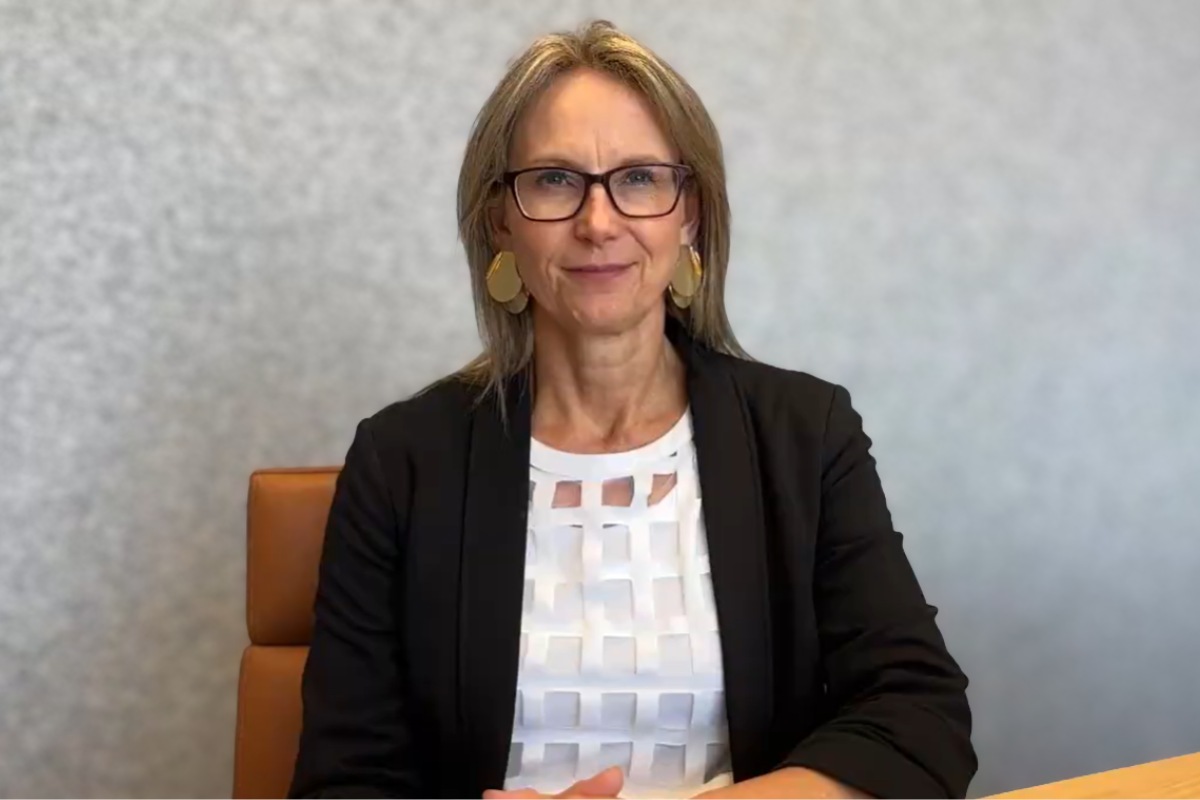
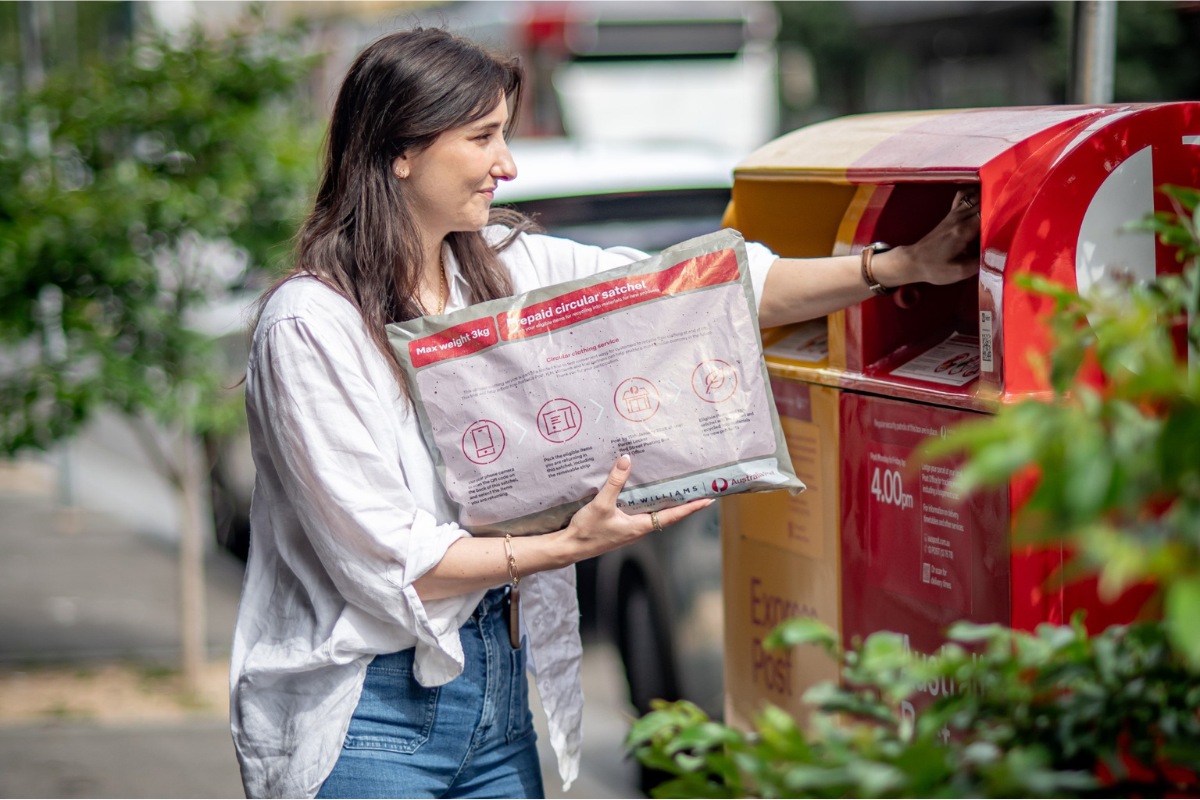
.jpg)
